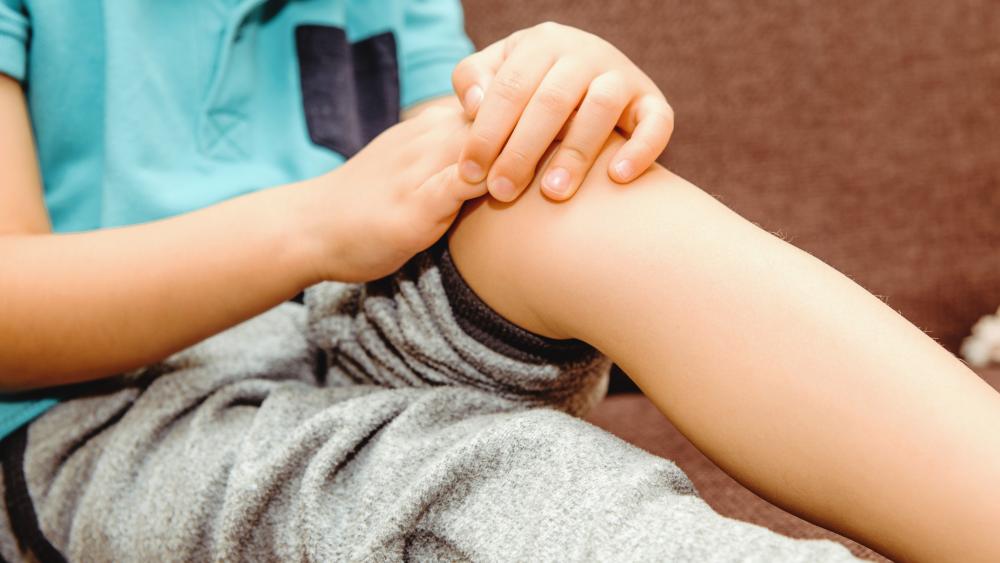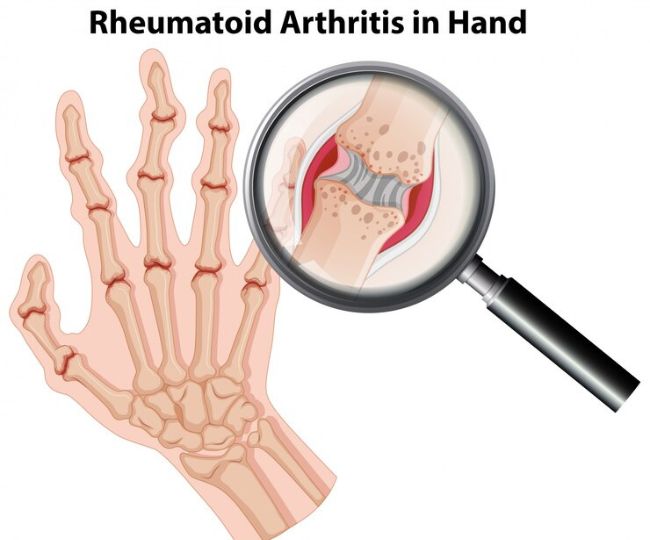
Juvenile Rheumatoid Arthritis, also known as Juvenile Idiopathic Arthritis, is a common muscle and bone disease that affects children under the age of 16. It occurs when the body's immune system starts attacking its own cells and tissues and causes inflammation in the joints. In most cases, the cause of the disease is not known, but some genetic and environmental factors also play an important role behind it. Let us know the symptoms of this disease and ways to manage it from Dr. Somesh Virmani, Associate Director and Head- Pediatric Orthopedics, Pediatrics, Sarvodaya Hospital, Faridabad.

Symptoms of Juvenile Arthritis
Juvenile rheumatoid arthritis can affect one or more joints. Its symptoms include persistent joint pain, swelling, strain and joint sensitivity, especially in the morning, after sleep or after prolonged sitting. The inflammation can cause red/pink spots on the skin, persistent fever, swollen lymph nodes, rashes on the chest, weight loss, limping, poor motor skills and fatigue. If the symptoms are ignored and not treated on time, it can also lead to eye inflammation, cataracts, glaucoma and blindness.
How to reduce the symptoms of juvenile arthritis in children?
The goal of treatment for juvenile arthritis is to reduce pain, reduce inflammation, increase joint movement, and prevent joint damage and problems. These things are used as treatment measures.
1) Exercise
Low-impact exercises are important as they help strengthen muscles and maintain joint flexibility. Lack of exercise can worsen symptoms and make joints more stiff. Apart from this, exercise can also help prevent weight gain, improve sleep quality and reduce anxiety and irritability in children.
2) Use of cold/hot packs
To get relief from joint and muscle pain, you can also adopt the method of fomentation at home. Applying cold/hot pack or taking a warm bath in the morning can help reduce pain and relieve swelling.
3) Balanced diet
A diet rich in anti-inflammatory properties is also very important for children suffering from juvenile arthritis. The diet should contain a good amount of vitamin D, protein, healthy fats and fiber and the amount of sugar should be very low. Along with this, children should also be fed fresh fruits, vegetables, whole grains. Highly sugary items have to be avoided, as it can increase inflammation.
4) Rest is also important
Rest is also very important for children suffering from juvenile arthritis so that the symptoms do not worsen and fatigue is reduced. A good sleep not only helps in reducing pain but also relieves stress.
Physical Activities
- Swimming: This is a great exercise for children that helps improve muscle strength and joint movement.
- Cycling: This is a low-impact exercise that helps improve muscle strength, balance, and motor skills.
- Yoga: It helps reduce pain over time, increase flexibility, and relieve stress.
- Stretching: It improves the movement of joints by increasing flexibility.
- Isometric and isotonic exercises can be done to maintain muscle strength and support joints. Isometric exercises such as planks, squats, wall sits and leg extensions strengthen muscles without moving the joints. Isotonic exercises include aerobic exercises, dancing, swimming, walking, slow running, hiking.
If your child has joint pain and swelling, it is very important to consult a doctor. The right advice will provide clarity about the disease and its associated symptoms and a proper treatment plan will be prepared. Along with this, parents should also include some good habits in their child's daily routine, which will help in managing juvenile arthritis.
Read More: Does your face suddenly swell? A doctor explains the possible cause.
--Advertisement--

 Share
Share



